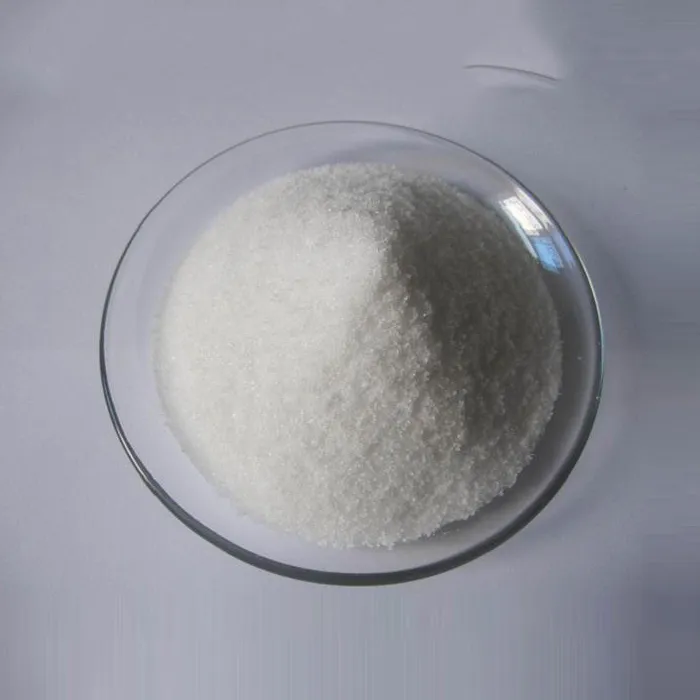Understanding Sulfamic Acid Its Properties, Uses, and Importance
Sulfamic acid, also known as aminosulfonic acid, is a versatile and important chemical compound with the formula H₃NSO₃. It features a sulfonic acid group and an amine group, making it unique among carboxylic acids. This article aims to delve into the properties, applications, and significance of sulfamic acid in various industries.
Properties of Sulfamic Acid
Sulfamic acid is a solid at room temperature, typically appearing as a white crystalline powder. It is highly soluble in water, which facilitates its use in various applications. The acid has a melting point of about 205 °C and decomposes upon heating, releasing sulfur dioxide and ammonia. Because of its strong acidic nature, it has a pH level that can be as low as 1 in concentrated solutions. Importantly, sulfamic acid is stable under normal conditions, making it safe for use in various environments.
The presence of both amine and sulfonic acid functional groups in its structure allows sulfamic acid to participate in a broad range of chemical reactions. It can act as both a acid and base under certain conditions, making it an invaluable reagent in organic synthesis.
Industrial Applications
Sulfamic acid has numerous applications in several industries, primarily owing to its acidity and solubility. One of the most notable uses of sulfamic acid is in the cleaning industry. Because of its effectiveness in removing limescale and mineral deposits, it is commonly found in products designed for descaling, particularly in boilers and heat exchangers. This descaling property is highly beneficial in maintaining the efficiency and longevity of industrial equipment.
In the agricultural sector, sulfamic acid is used as a herbicide and in the formulation of fertilizers. It provides essential nitrogen to plants, promoting growth and enhancing yield. The compound's controlled-release properties make it particularly effective in agricultural applications, ensuring that nitrogen is available to crops over extended periods.
sulfamate acid

Furthermore, sulfamic acid plays a critical role in the manufacturing of dyes and pigments. Its ability to act as a sulfonation agent allows for the production of aromatic compounds that are essential in creating vibrant colors used across various applications, from textiles to food products.
Role in Pharmaceuticals
In the pharmaceutical industry, sulfamic acid is an important intermediate for the synthesis of several drugs. Its chemical reactivity allows for the introduction of sulfonic acid groups into organic molecules, which is crucial for the development of certain therapeutic agents. Additionally, sulfamic acid derivatives have been explored for their potential in various medical applications, including anti-cancer and anti-inflammatory therapies.
Environmental Considerations
While sulfamic acid has many beneficial uses, it is also essential to consider its environmental impact. It is generally regarded as less harmful than other strong acids due to its relatively low toxicity and biodegradability. However, like any chemical, it should be handled with care, and safety precautions must be observed during its use to prevent accidental release into the environment.
Companies utilizing sulfamic acid are encouraged to adopt sustainable practices, including proper waste management and recycling of materials. This ensures that the benefits of sulfamic acid can be leveraged without imposing significant risks to ecosystems and human health.
Conclusion
In conclusion, sulfamic acid is a compound of immense significance across various sectors, including cleaning, agriculture, pharmaceuticals, and dye production. Its versatile properties enable it to serve as a powerful reagent, descaling agent, and an important building block in drug synthesis. As industries continue to explore innovative applications for sulfamic acid, an understanding of its properties and responsible handling practices will be crucial in maximizing its benefits while minimizing potential environmental risks. The ongoing research and development surrounding sulfamic acid promise to unveil new horizons for its application, ensuring its relevance in modern science and industry.

